One of the kids in our classroom was like a puppy dog.
As a three year old, he ran with joy all over the playground. He was excited to be in school, hang with his friends, jump around and dance.
But his coordination was still developing and he hurt himself sometimes.
He crashed so hard a couple of times that he was at risk of losing his front teeth.
It was serious. If he hit his teeth one more time it could result in some big issues with his adult teeth.
Worse yet, we were going on a field trip to tide pools. Imagine lots of kids walking, climbing and jumping around on uneven, slippery, wobbly rocks, next to the ocean.
His mom basically had 3 choices:
- Limit her child’s activities – he doesn’t go on the field trip, she could also limit other “risky” activities, like play dates, or even school
- He goes on the field trip but she supervises him and hovers over him all the time, she helps, assists, suggests solutions, and catches him when he falls (at least she tries to)
- OR she can have some conversations with her son, trust in his ability to take care of himself, and breathe deeply (a lot)
Here’s the problem though…Even if your child isn’t at risk of losing his front teeth, every day your kids are in “risky” situations and you have to choose how to respond.
This is something we ALL deal with as parents because all learning involves some risk.
You basically only have these same 3 options (limit, hover or trust) when:
- Your toddler is walking across the floor for the first time
- Your 5 year old wants to go up high in the climbing structure at the park
- Your 10 year old wants to walk a couple of blocks alone to buy herself an ice cream
- Your 15 year old wants to go on a date (this was me as a teen!)
- Your 20 year old wants to go rock climbing with her friends (this was me too!)
Knowing what to do is not easy. There are no perfect solutions.
Most importantly, how you respond makes a difference with how your child builds life skills and self-esteem.
Risk and experience are the twin sisters of learning.
However, there are 3 keys that will guide you into making the right choice for yourself, in any situation.
3 Keys to Developing Your Child’s Confidence and Self-Esteem in Risky Situations
1. However you choose to respond, consider what non-verbal messages the child is going to pick up from you
Kids are very sensitive to unspoken messages. They “read” our behavior. If your child is starting school for the first time, and you stick around at school, long after drop off, when all the other moms and dads have left, what messages are you sending to your child?
“You’re not safe here” “You’re not as capable as the other kids are.” “You’re not okay unless you’re with me.” Yikes!
These unspoken messages undermine kids self-esteem and confidence.
2. Know what is developmentally appropriate
If you are familiar with normal child development then it’s easier to figure out if you are expecting too much from your child. As former classroom teachers, we saw that usually parents had the opposite problem–they expected too little from their kids. Just for an example, here’s what we know most 3 years old kids are capable of:
- Carrying their lunch bag or backpack into school by themselves
- Putting dirty clothes in the hamper
- Clearing dishes from the table
- Basic clean up: spraying cleaner on a table, using a rag to wipe a spill, sweeping up with a whisk broom and dustpan
- Putting toys away, e.g. all the blocks go in the basket
- Putting on and taking off their clothing and shoes (with a little bit of help with buttons, zippers and socks)
- Opening their lunch bag and most lunch containers
- Brushing teeth and hair (with some help needed for thoroughness)
- Washing their hands and wiping their bottoms after they’ve gone to the bathroom
It’s not hard to find lists of developmental milestones online if you need to find out more about development.
3. Handle your own fears
As teachers, we heard parents express all sorts of fears about their kids. Parents got nervous about leaving their child at school for the first time, about field trips, their child being a passenger in someone else’s car, traveling in a bus, visiting a poorer part of town, visiting the beach, or being on a boat, etc. These fears make sense to us.
When we are fearful of something, we communicate to our children that they should be fearful too. Our actions and words give our children messages about whether they can trust the outside world, whether other people are mostly good or evil, whether the world is a safe place or it can’t be trusted.
Yes, I understand that bad stuff happens and not everyone treats others with love and respect. Yes, I believe that children need protection. The question becomes at what point does my fear actually make my child less safe.
Our hovering might limit our child's’ experiences, limiting experiences can also mean limiting learning. Less learning means that when he’s in a situation without us, he’s less capable to handle it because he’s had less practice. Risk and learning go hand in hand.
This is a tricky balance to strike.
So you might be wondering what happened to the mom and the delightful but awkward son on the field trip. I hesitate to share the end of the story because I don’t want to say that there is a “right answer”. But this time, there is a happy ending…
The boy came on the field trip, the mom came too but she stood back and watched him from a distance.
He climbed over rocks, he explored the tide pools with his classmates, he jumped, he ran, and he played. He came close to falling a couple of times, but no one stepped in, no one ran over to rescue him, or help him.
As a result, he experienced himself as a capable kid, just as capable as all the other kids. And–because nobody limited his activity–he continued developing his coordination skills through the day, so that in the long run he’ll be more physically skilled.
I also stood back and watched the mom.
I said, “This is hard for you, isn’t it?” She breathed deeply, and kept her eyes on him as she said, “Yes it is.”
She handled her fears because she saw that his learning and his view of himself were more important than the risk of another injury to his teeth.
In the end, he didn’t hurt his mouth that day, nor in all the other days to follow.
And they all lived happily ever after.
The End.

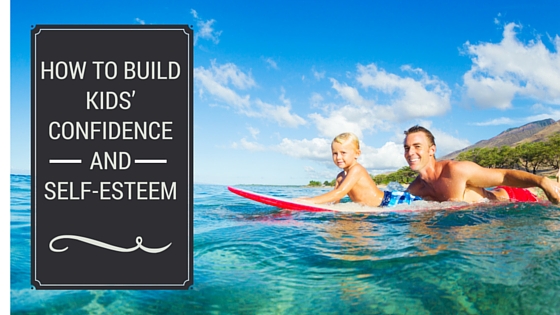
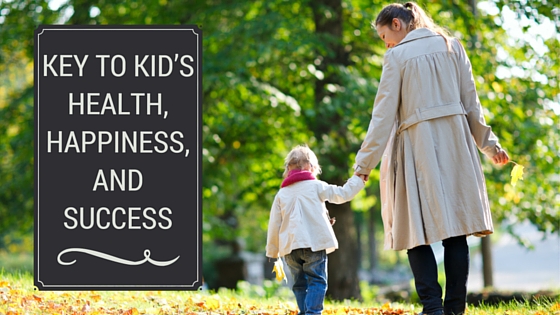
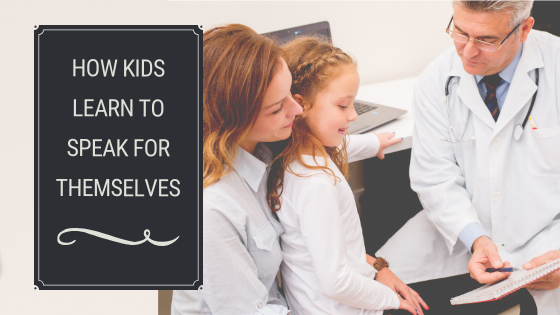

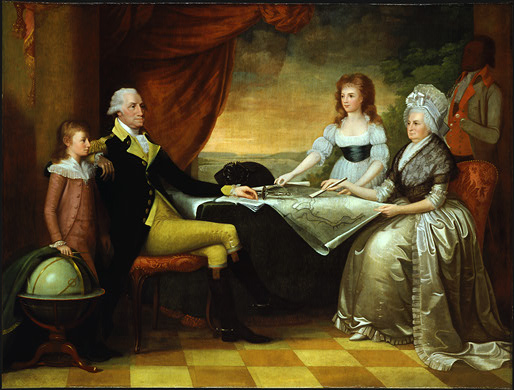
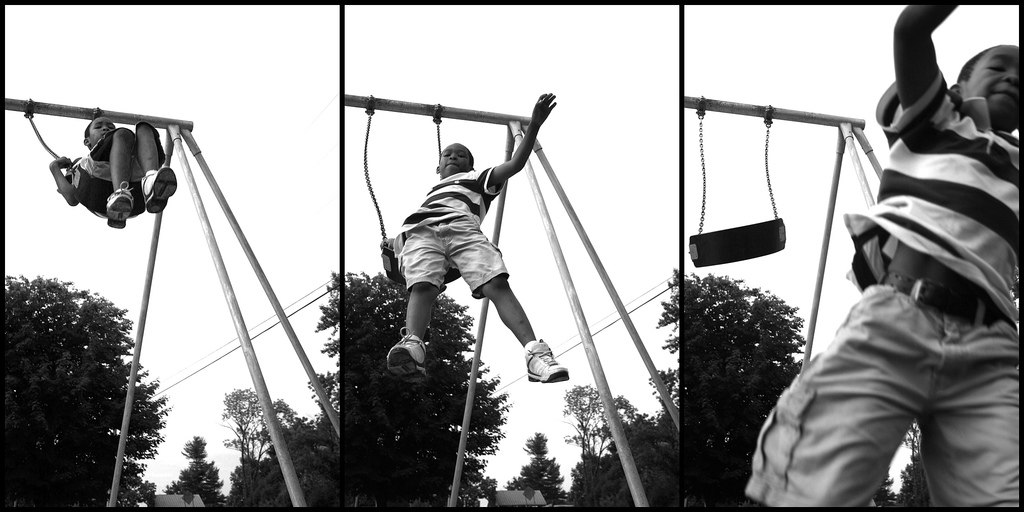

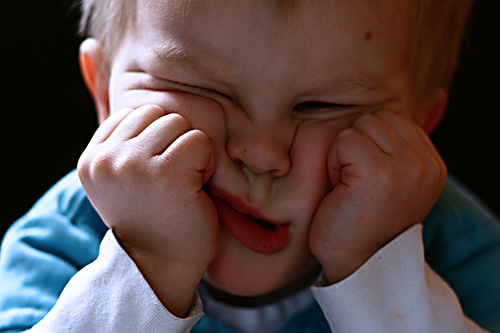

This was an interesting read. It is difficult to as parents to strike that balance between risk taking and learning experiences. What about when it’s the child who is afraid to take the risk? My 11-year-old son has his year 5 school camp coming up in a couple of months. I’ve left it up to him to decide whether or not he wants to go. His main issue is the length of time he’ll be away from home – early Monday to late Friday; 4 nights/5 days. The school has a strict policy on contact with family. It’s just not allowed at all. They feel it only increases homesickness. The school fully acknowledges that it is a long camp and many kids experience anxiety at the thought of being away for so long.
While I think the camp would be fun for him I also don’t want to push him into a situation he’s uncomfortable with. How much should I influence his decision? Or should I leave it entirely up to him? Does he need to be ‘pushed from the nest’?
Dan, great questions. There’s no clear cut answer to situations like these. I would start by asking your son some questions, “What are the things he’s concerned about?” And “What are solutions to those situations that he can think of?” “Who are the other adults/kids on the trip that you can go to if you need support?” Brainstorm options with him. Empower him to know that he can solve his own problems. Discuss the pros and cons of going vs. staying at home. Reach out to the teacher for support too.